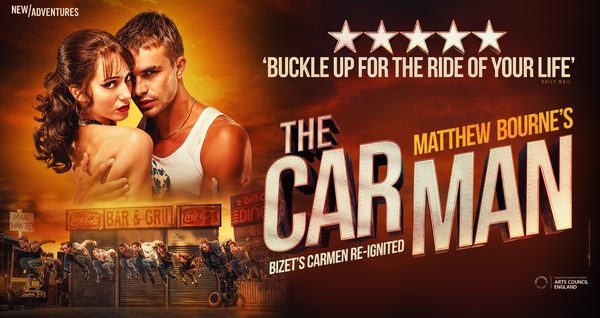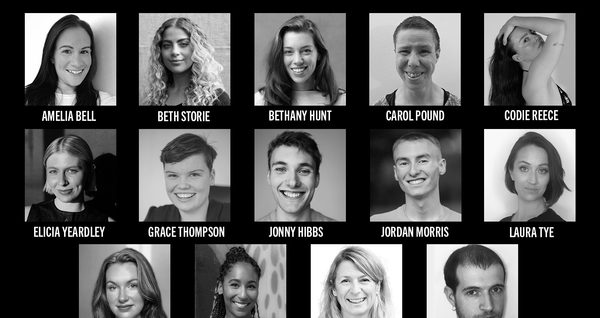Kelly Apter, freelance arts journalist for The List and The Scotsman, speaks to Choreographer and Director Matthew Bourne about Highland Fling's journey home.
Article commissioned in 2013 for Scottish Ballet's premiere of Highland Fling.
It was the Scottish countryside that clinched it. In 1994, casting around for what to do next after his hugely successful Nutcracker!, Matthew Bourne hit upon the idea of adapting August Bournonville’s 19th century ballet, La Sylphide.
“It was a combination of things that all came together at once,” recalls Bourne. “I loved working with a full score on Nutcracker!, and wanted to find another piece where I could tell a story with music. For me, La Sylphiderepresented a whole era of romantic ballets, and I thought I could look at that entire period in time, and the style of similar works like Giselle.”
Then came the trip to Scotland — Bourne’s first experience north of the border. “We were touring round in a mini bus, and I loved the countryside and the mythical feel of some of the places we were travelling through,” he says. “That whole atmosphere and folklore really interested me. I thought it was wonderful — I still do.”
Suitably inspired, Bourne set about transforming Bournonville’s ballet into an altogether more modern piece of dance. Originally set in a Scottish farmhouse and surrounding forests, the story now took place in Glasgow. A nightclub, a tenement flat and tartan wallpaper replaced the traditional landscape scenery, and La Sylphide was re-born as Highland Fling.
Scottish Ballet has a very talented bunch of artists, and they’ve already proved that as a company they can take on the styles of other choreographers, and that’s very important. So for me it’s been a very exciting experiment.
Matthew Bourne
“As with everything I do, I felt that as well as being a different interpretation, I needed to do something that would make the show stand out,” says Bourne. “It was a way of bringing La Sylphide to new audiences — the sort of people we were playing to. And even then, before Swan Lake or any of the other shows that came afterwards, we wanted to break down the barriers between ballet audiences and contemporary audiences. It was a way in for people, to surprise them. Highland Fling begins in a gents toilet — not many ballets can say that.”
Putting a contemporary spin on things is a Bourne trademark — a shrewd strategy that not only makes for enjoyable viewing, but ensures newcomers have a palatable pathway to more substantial choreography.
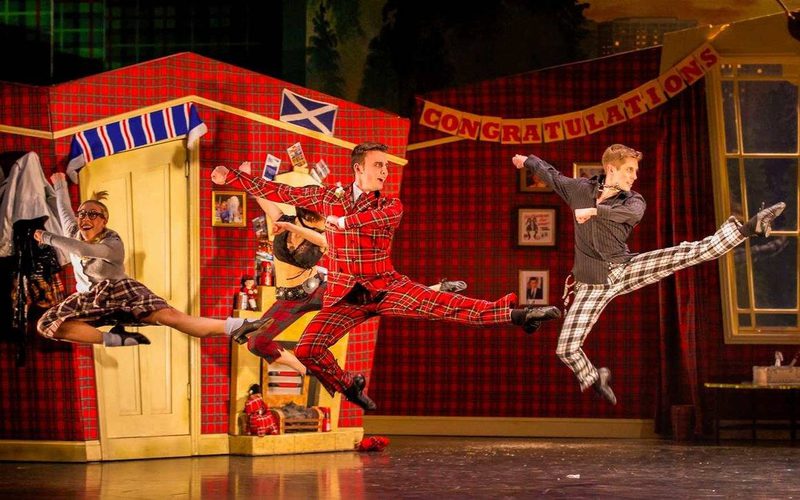
“Once they had been drawn in by recognisable characters and cultural references,” says Bourne, “I felt I could take people into something which was more dance-based. So the second half is told almost exclusively through dance.”
Back in 1994, when Highland Fling first opened, Bourne was still finding his way in the dance world. His company Adventures in Motion Pictures (re-branded as New Adventures in 2002) had produced several well-received shows, and Bourne’s reputation as an accessible, exciting dancemaker was growing fast.
Today, that reputation is assured. His productions play in venues across the world, always to sell-out crowds, and Bourne is the closest thing the UK dance world has to a household name. So it comes as no surprise that, up until now, his full-length works have remained the exclusive domain of the New Adventures company. Why risk damaging such a hard won reputation by letting somebody else perform them?
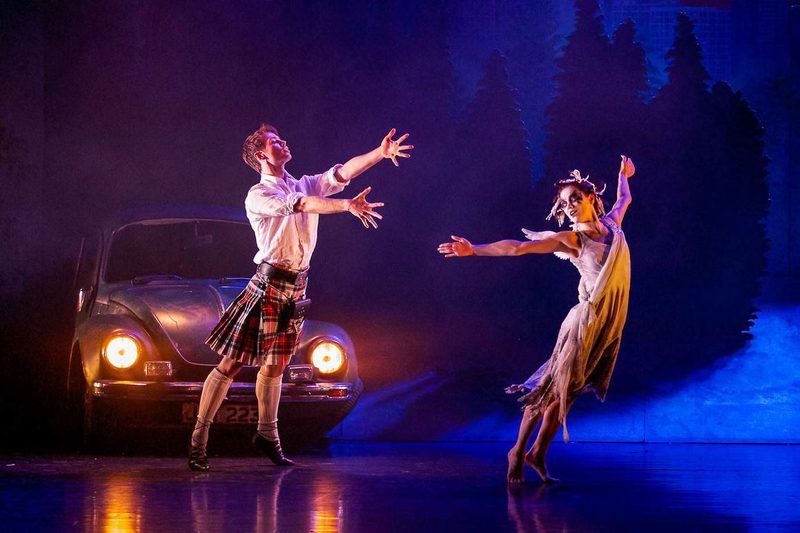
When Scottish Ballet’s artistic director, Christopher Hampson came calling, Bourne found it hard to refuse. “He was very persuasive,” laughs Bourne. “We get a fair amount of requests these days, but this is the first time we’ve set one of our full-length pieces on another company. I really trust Chris’ judgement, though, and he was brilliant in giving me so much freedom in my choice of dancers. There were no restrictions, he said you can have whoever you think is right.”
Finding the ‘right’ dancer for the part has been crucial for Bourne from the start. Largely because the performers in his company play such a key part in each character’s creation. In 1994, with just seven dancers in his company to choose from, it was “obvious” to Bourne who would play James, Effie and Gurn in Highland Fling.
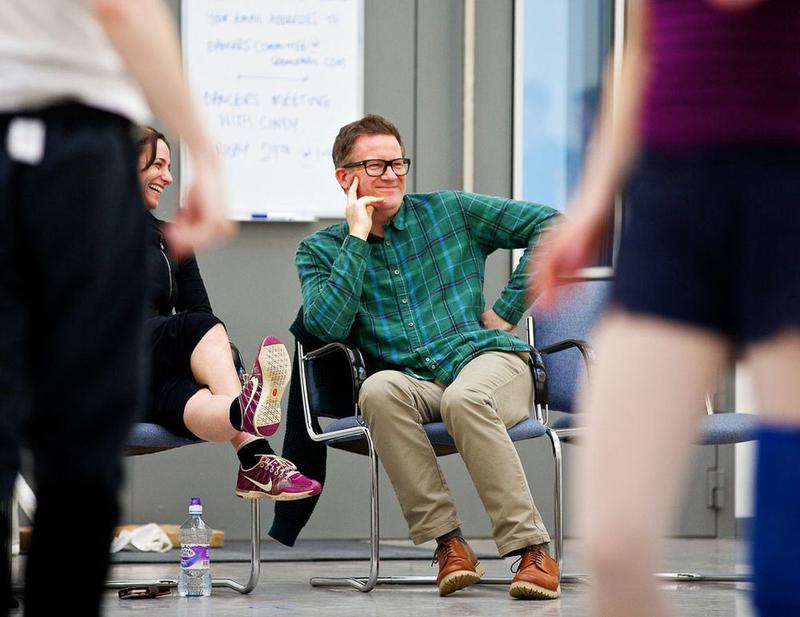
Along with other research, aspects of those original dancers live on in the piece today. “I watched a lot of movies, as I always do, to try and find the characters,” explains Bourne, “and that’s always helpful. But I was working with a very specific group of people at that time, so it was kind of based around them and their characteristics.”
Which is why, understandably, Bourne has had reservations about working with other companies. The New Adventures dancers are known for their acting abilities as much as their dancing — and Bourne knows each and every one of the them inside out.
Scottish Ballet may have been an unknown quantity, but the company has an equally strong reputation for characterisation and adaptability (crystallised by its multi award-winning A Streetcar Named Desire). So for Bourne, it was a chance worth taking.
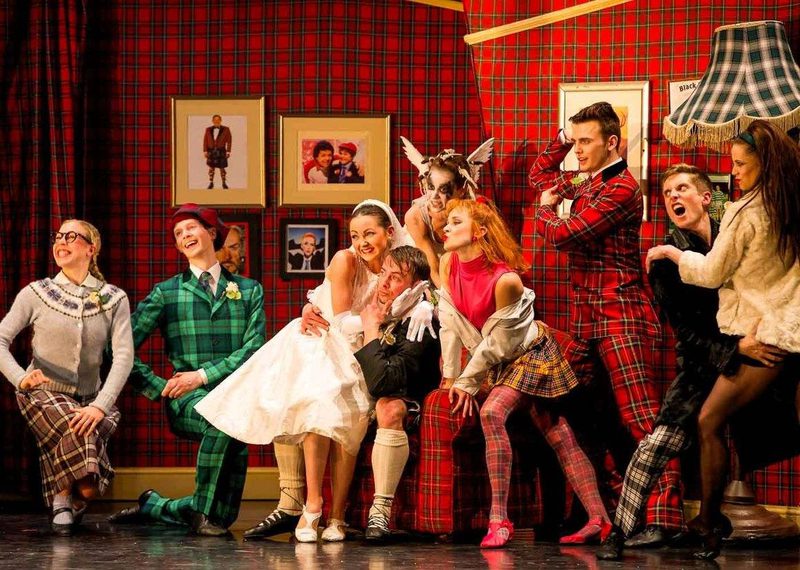
“The dancers in my own company have gone through a process of working with me over a period of time,” explains Bourne. “And I very rarely go into another company to make, or recreate, a piece, partly because of the concern that I’m not going to have that continuity or artists who are as interested in their acting as they are in their dancing.
“But Scottish Ballet has a very talented bunch of artists, and they’ve already proved that as a company they can take on the styles of other choreographers, and that’s very important. So for me it’s been a very exciting experiment.”
Twenty years after it was first created, Highland Fling has, in a sense, come home. Back then, Bourne could scarcely have guessed that his decision to set the show in Glasgow — the home of Scottish Ballet — would have such special resonance today.
“It was very clever of Chris to ask us to do this,” says Bourne.
We weren’t planning to stage Highland Fling ourselves in the near future, so it’s been a great opportunity to work in a supportive environment and make this piece live in a new way. And it’s perfect to be recreating it in the city in which it’s set.
Matthew Bourne
